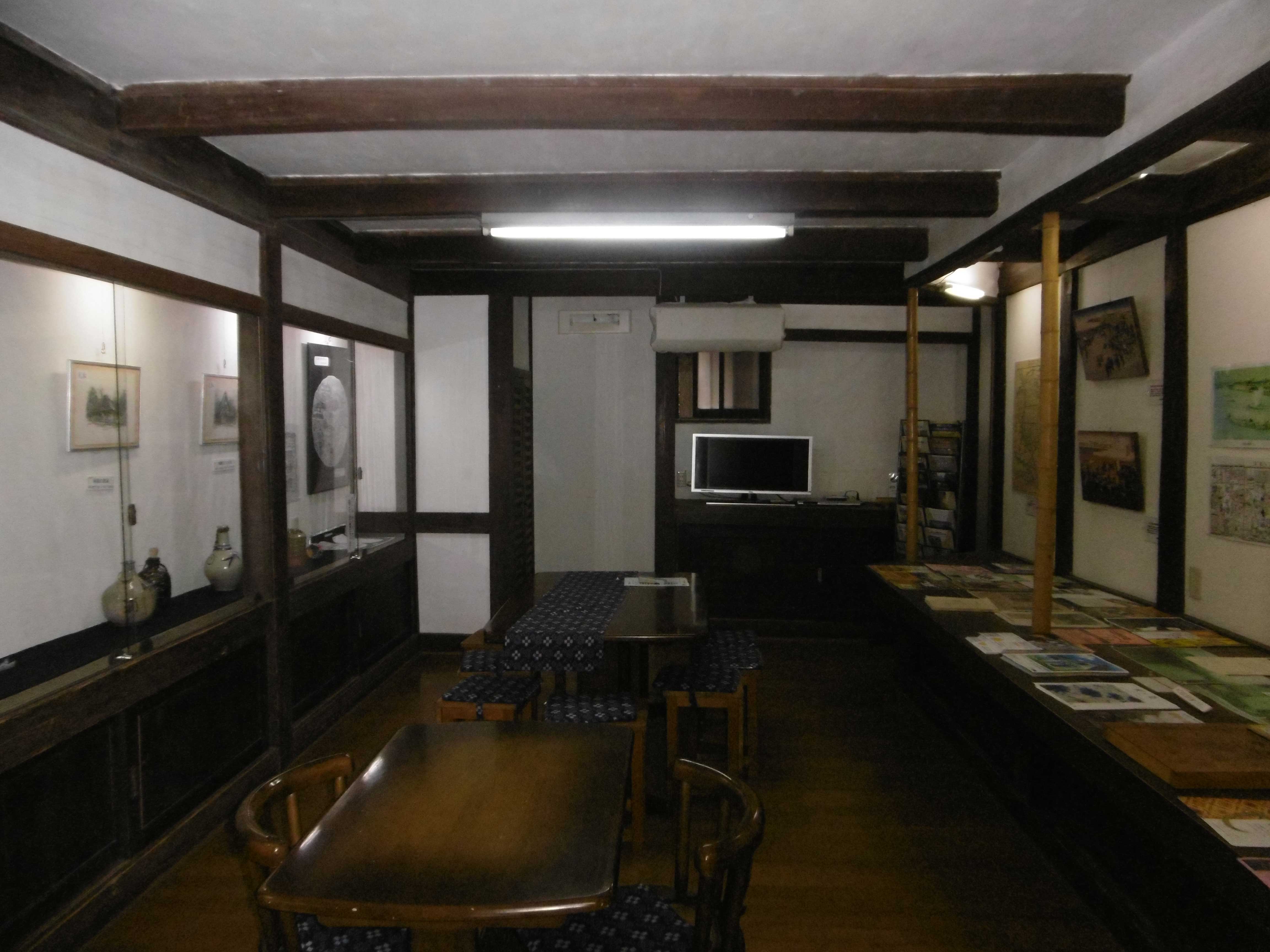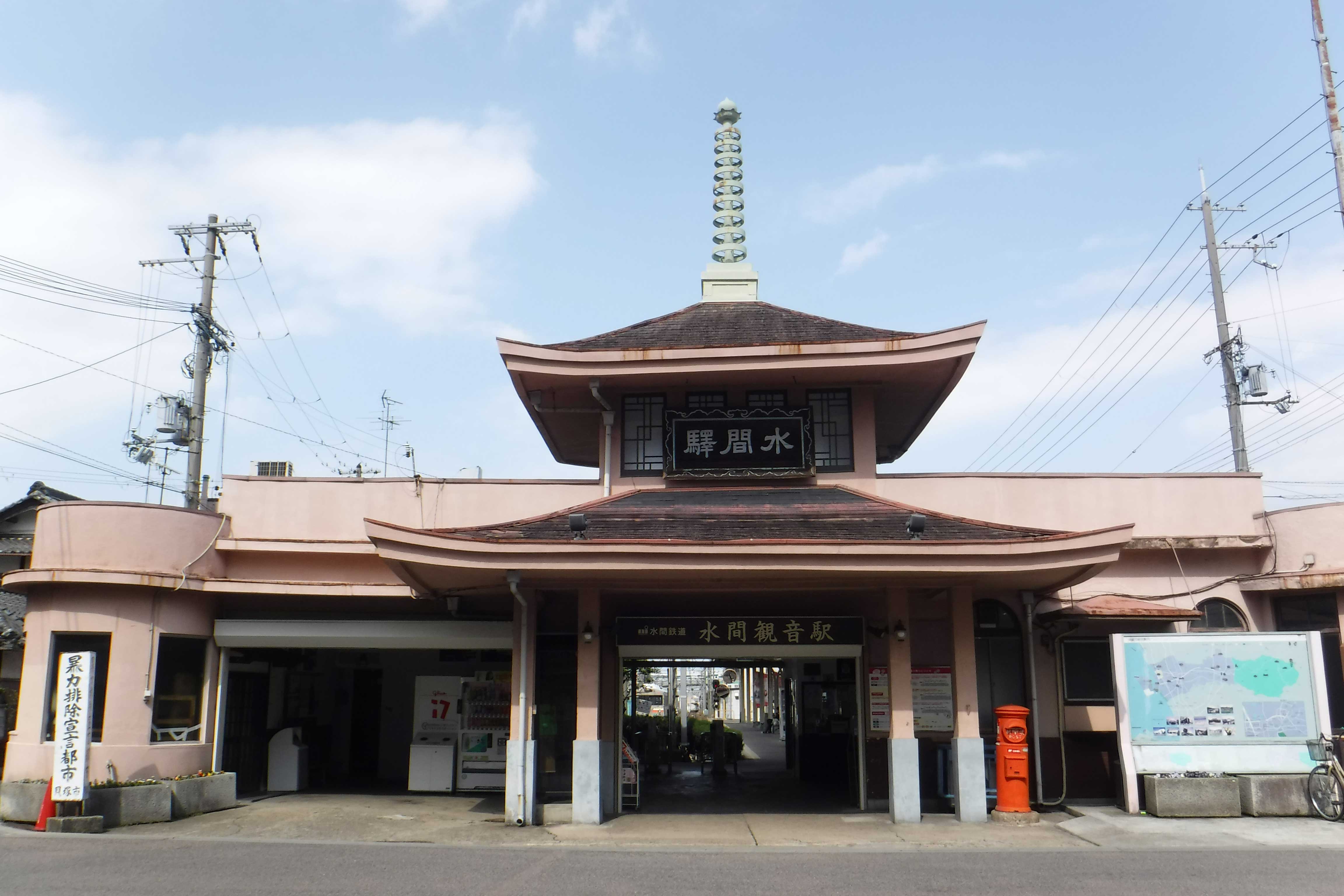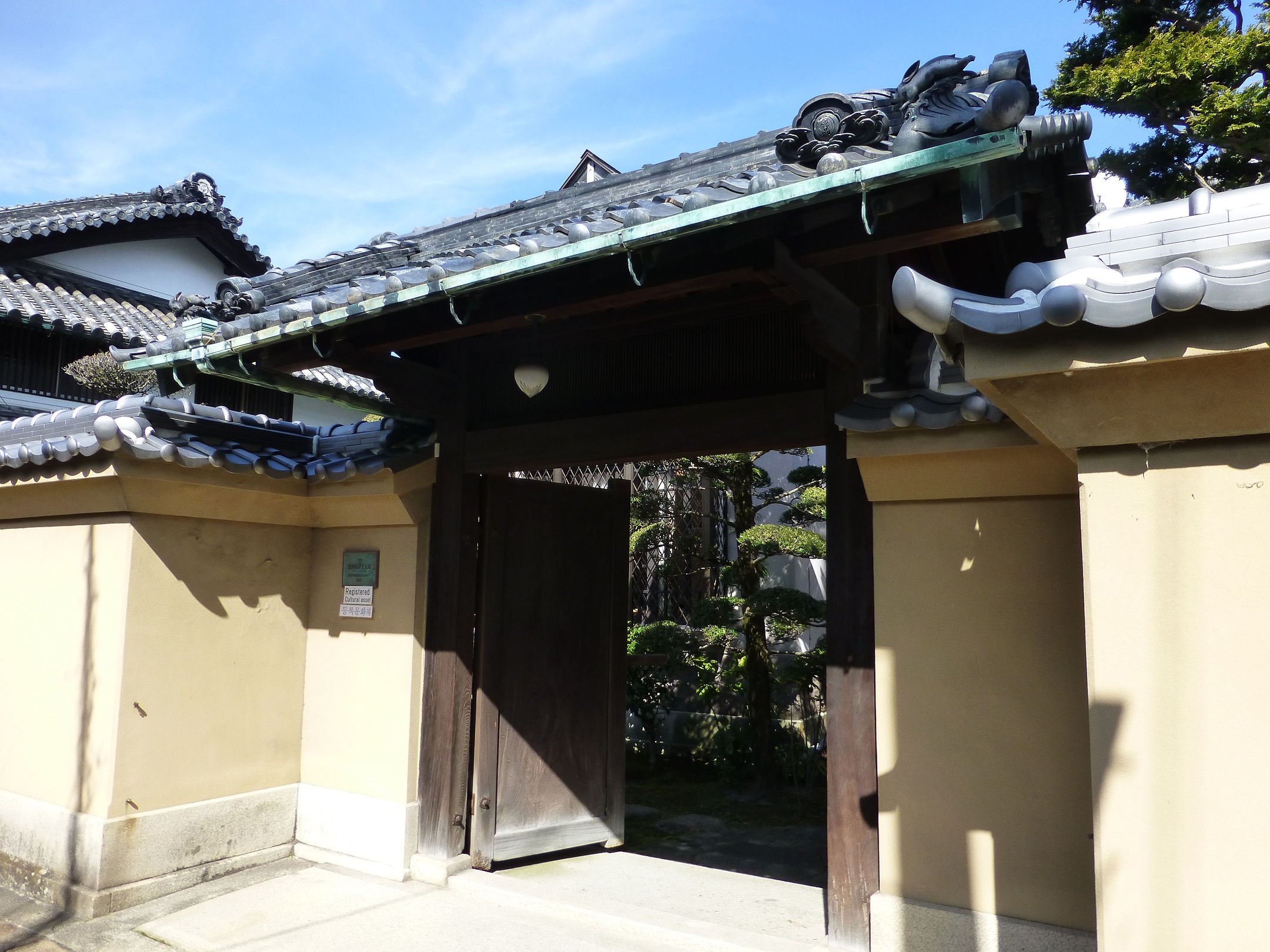

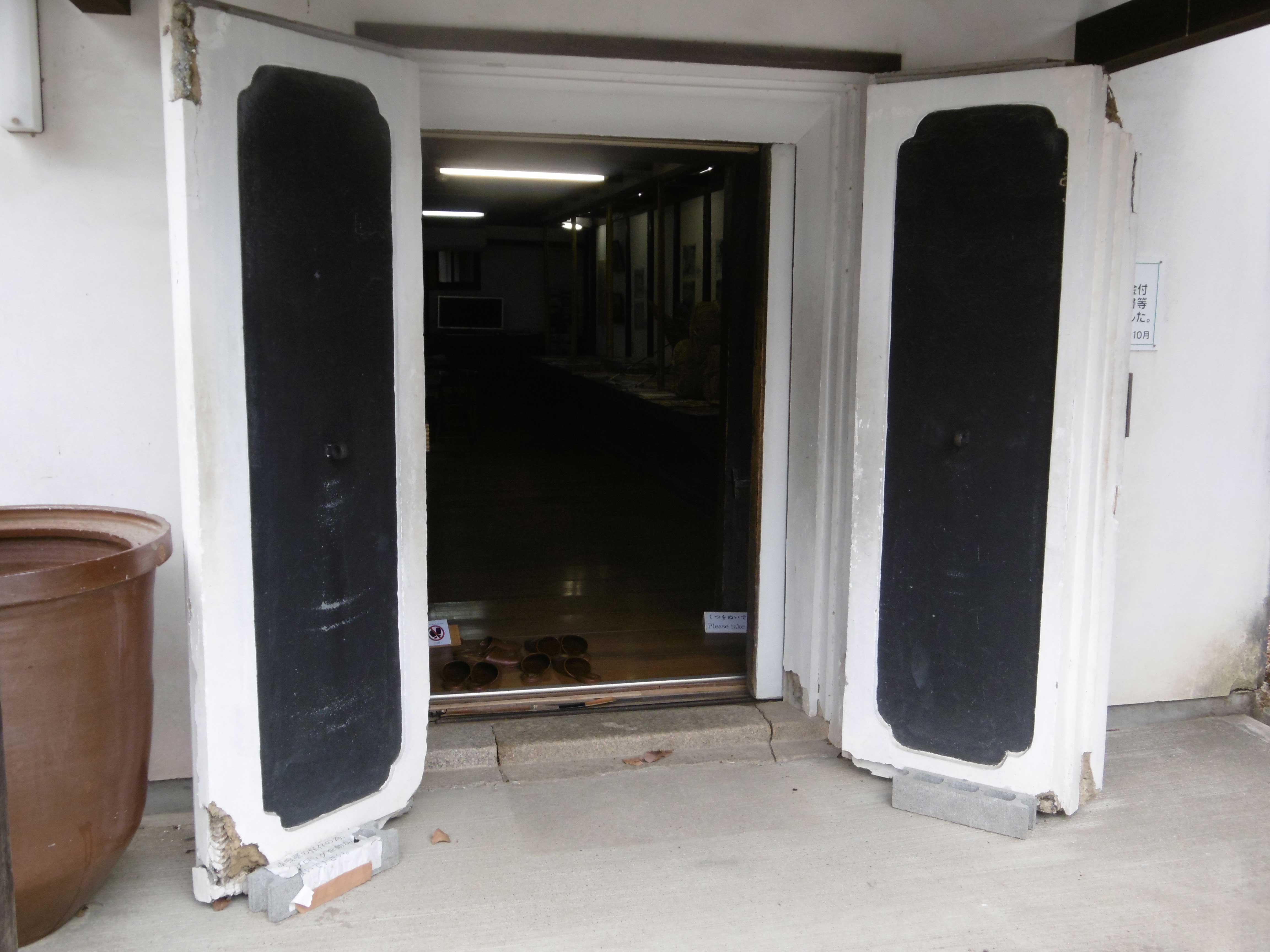
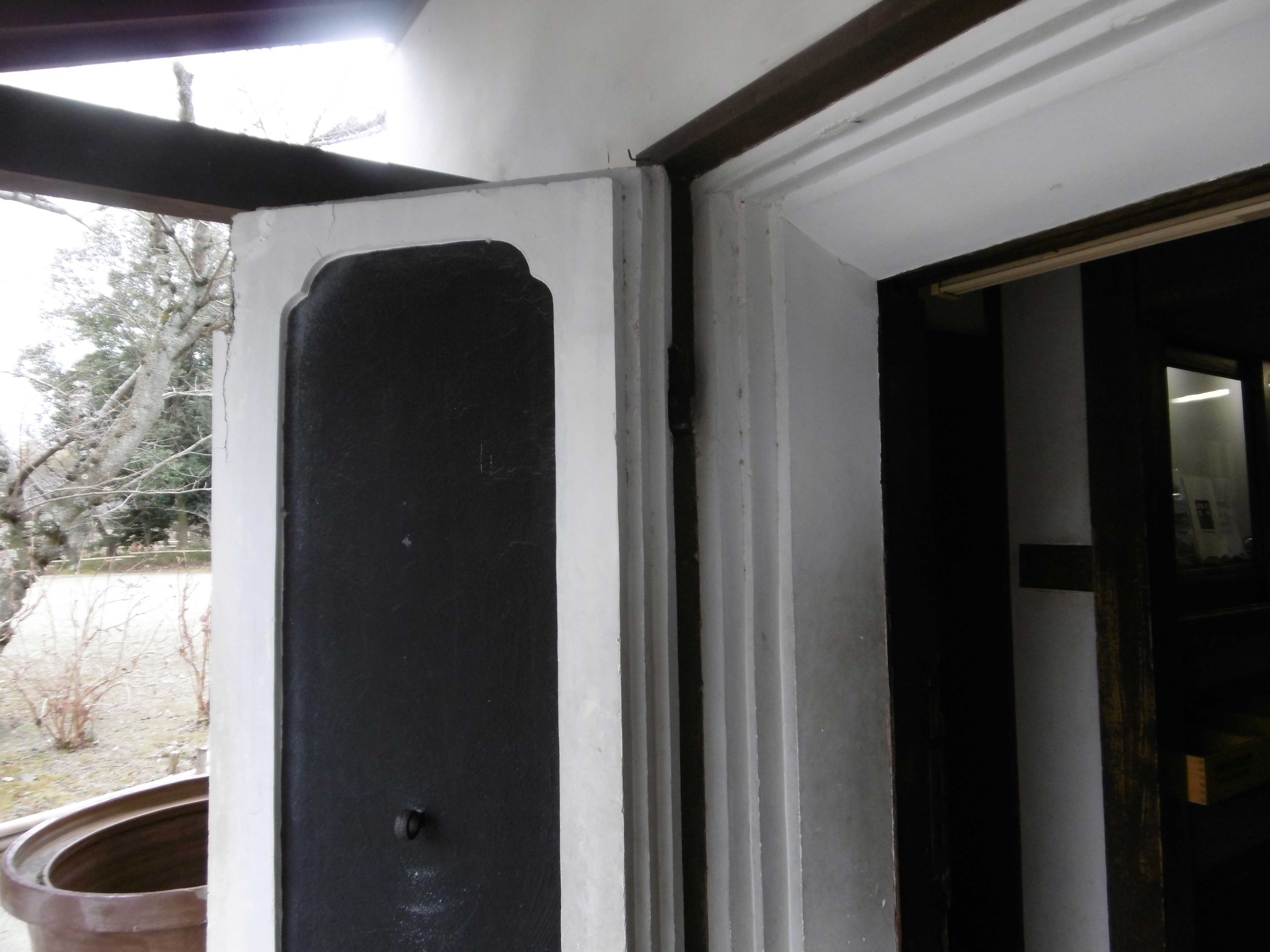
Name Doujima Rice GranaryŃĆĆin Nihon Fork Village Museum Address 1-2ŃĆĆHattoriryokuti Toyonaka City Osaka TEL/FAX 06-6862-3137(TEL)/06-6862-3147(FAX) HP http://www.occh.or.jp/minka/ E-mail Architecture age 1830~1868’╝łlate Edo)/1950(howa25) reform, 1960(Showa35) moved Building type IndustryŃā╗TransportŃā╗Infrastructure Construction mud walls two-story building Outline explanation In Edo era , products from all over Japan were collected in Osaka which is called ” the Kitchen of the Nation”. Daimyo’s city storehouses of the various clans were built along the Dojima River. This rice granary was originally built along the Dojima River. It is a granary built with the mud walls and hongawara-tiled-roof, and the main entrance is on the gabled side. The roof frame with 6 ken(6feet)brace and 2ken beam, has Japanese hut with curved woods fold alternately. The front entrance door was built with triple doors, one is KannonTobira (double doors opening from the center) which is bordered in quince shape, the second one is soil door and the third one is lattice door. On the upper part of outer wall, there are several small windows with eaves. To talk about the building history, it’s originally a rice granary with a single-story house. In Showa25 when Japan Arts & Crafts Museum used this house as an exhibition room they installed the second floor and displayed desks. And in May of Showa 35, this rice granary was moved to Japan Fork Village Museum.
Cultural property type Registered Tangible Cultural Properties Event link open to the public open note 
-
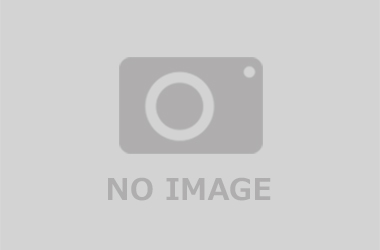
Kitahama Row ŌĆ”
This is a row house partitioned into two units built when Tosabori-DŌĆ”
-
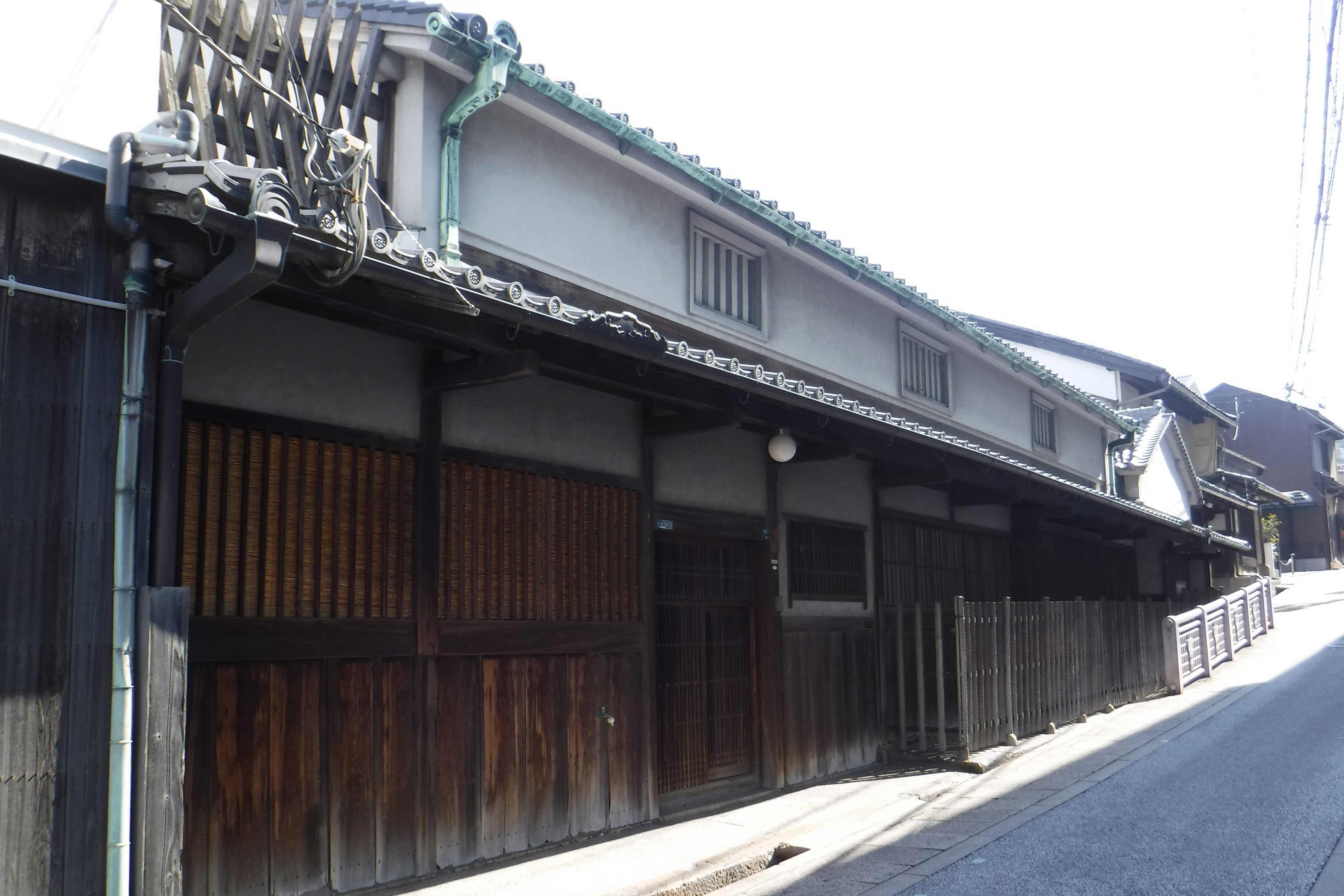
The Risais ReŌĆ”
A wooden single-story residence constructed in mid Edo period (storaŌĆ”
-

Osaka ChurchŌĆ”
The present building was built in 1922, designed by an American faitŌĆ”
more’╝×-

Shomyoji SanmŌĆ”
Shomyoji temple was constructed in 1624 (Kanei 1). All of the structŌĆ”
-

Ikoma Watch SŌĆ”
A medium-rise reinforced concrete structured commercial building froŌĆ”
-

Residence of ŌĆ”
Located on the south bank of the Amano River, near Higashi-mitsuke iŌĆ”
more’╝×
ŃüōŃü«ŃéóŃéżŃé│Ńā│ŃüīŃüéŃéŗÕåÖń£¤ŃéÆŃé»Ńā¬ŃāāŃé»ŃüÖŃéŗŃü©õ╝ØńĄ▒ÕĘźµ│ĢŃü«Ķ®│ń┤░Ńüīńó║Ķ¬ŹŃü¦ŃüŹŃüŠŃüÖŃĆé
